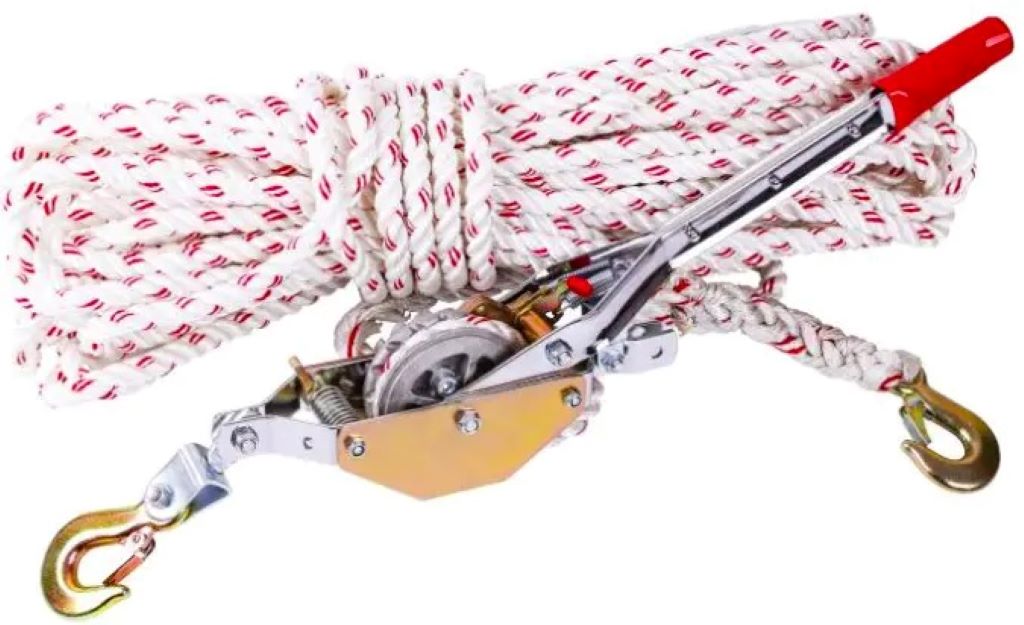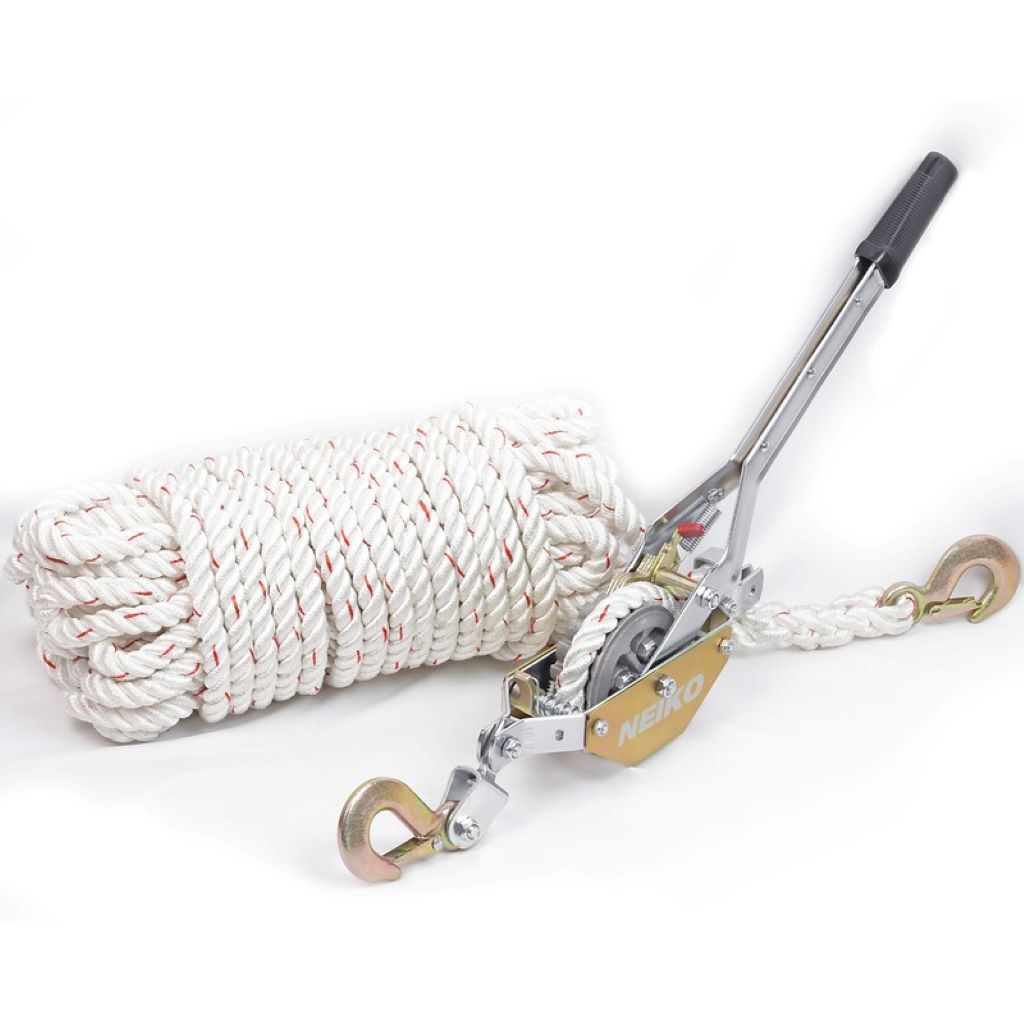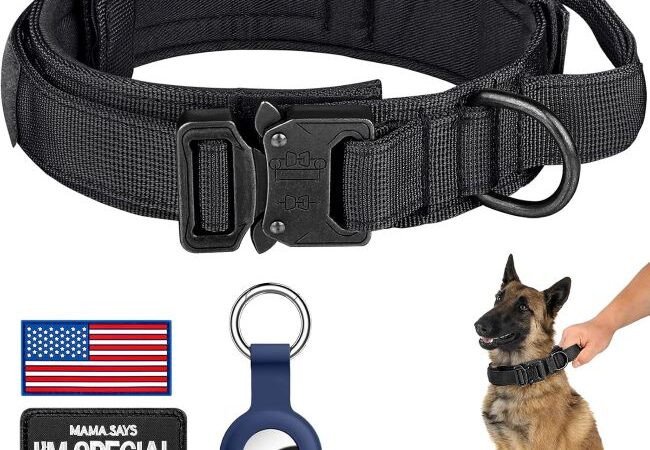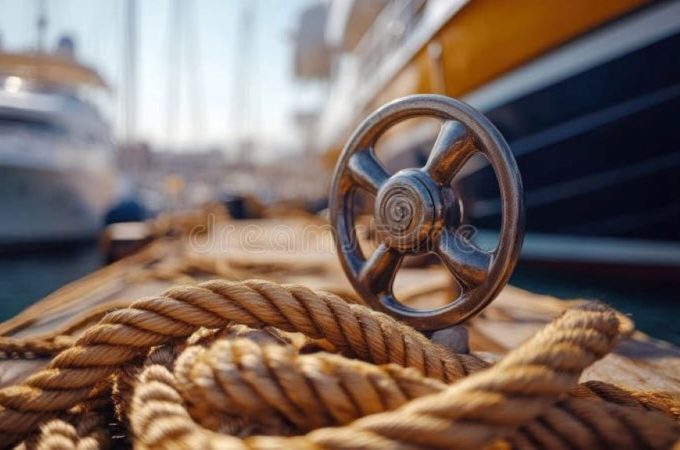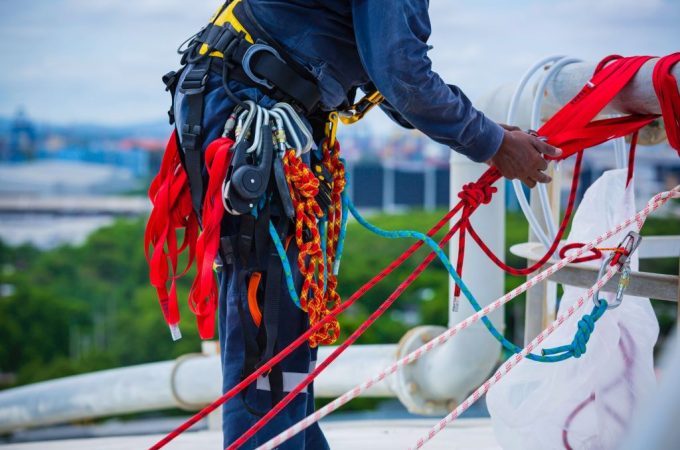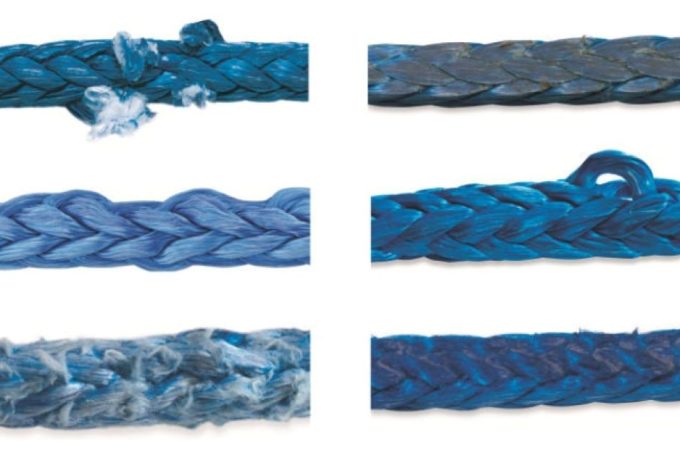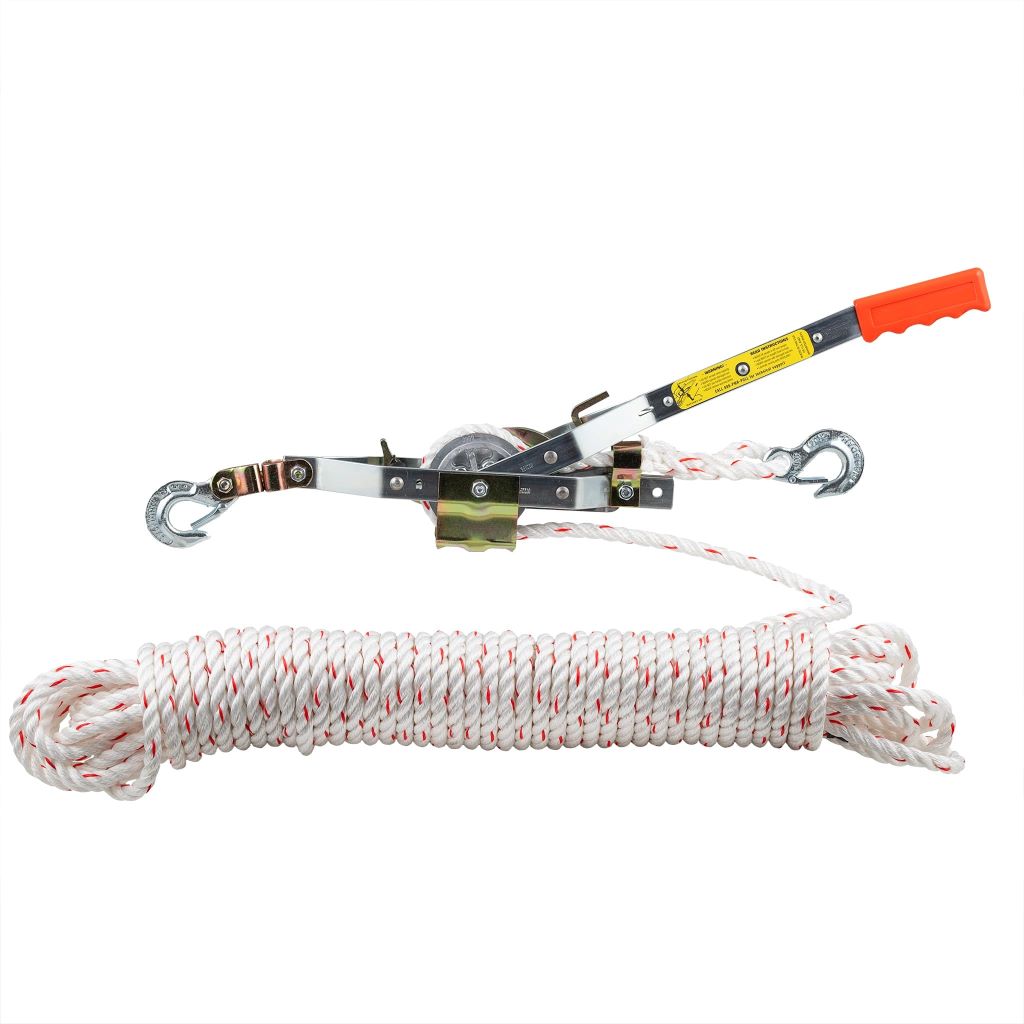
Pulling Power: Rope Maintenance for Heavy-Duty Tasks
When it comes to lifting, hauling, or securing massive loads, the strength of your rope isn’t just about tensile rating—it’s about how well it’s maintained. Whether you’re in construction, mining, marine, or industrial logistics, rope maintenance is the unsung hero behind safe and efficient heavy-duty operations. Neglect it, and you’re gambling with safety, productivity, and profit.
Contents at a Glance
ToggleThe Backbone of Heavy-Duty Operations
Heavy-duty ropes—especially wire ropes—are engineered to endure extreme stress. They’re used in cranes, hoists, winches, and rigging systems across industries. However, even the strongest rope can fail if not properly maintained. According to CERTEX USA, improper handling and lack of maintenance are leading causes of rope failure, including kinking, overloading, and abrasion.
A single rope failure can halt operations, cause injuries, or result in costly equipment damage. The Occupational Safety and Health Administration (OSHA) reports that rigging failures contribute to thousands of workplace injuries annually. Therefore, rope maintenance isn’t optional—it’s a strategic necessity.
Inspection: The First Line of Defense
Routine inspection is the cornerstone of rope longevity. Experts recommend visual checks before every use and comprehensive inspections at regular intervals. Look for:
- Broken wires or strands
- Corrosion or rust
- Flattened or kinked sections
- Diameter reduction or elongation
A study by Edwards Wire Rope found that early detection of wear can extend rope life by up to 40%. Dimensional checks are equally important—any deviation from the original diameter may indicate internal damage.
Lubrication: More Than Just Slick Protection
Lubrication isn’t just about reducing friction—it’s about protecting the rope from internal corrosion and wear. High-quality lubricants penetrate the rope core, preserving flexibility and strength. However, not all lubricants are created equal. Use products specifically designed for wire ropes, as general-purpose oils may attract dirt and accelerate wear.
In corrosive environments, such as marine or chemical plants, stainless steel ropes with specialized lubricants offer superior resistance. According to KS Crane Group, proactive lubrication can reduce internal wire fatigue by 30%.
Cleaning: The Overlooked Essential
Dirt, grit, and chemical residues can act like sandpaper on your rope. Regular cleaning removes these contaminants and prevents abrasion. Use non-corrosive cleaning agents and avoid high-pressure water jets that can force debris into the rope core.
For ropes exposed to saltwater or industrial pollutants, cleaning frequency should be increased. Neglecting this step can lead to premature failure, even if the rope appears structurally sound.
Documentation: Maintenance Logs Matter
Keeping a detailed maintenance log isn’t just good practice—it’s a compliance requirement in many industries. Logs should include:
- Inspection dates and findings
- Lubrication schedules
- Cleaning routines
- Incidents of damage or repair
This documentation helps identify patterns, predict failures, and justify replacements. It also protects your operation legally in case of accidents.
Environmental Factors: The Silent Killers
Temperature, humidity, and exposure to chemicals can drastically affect rope performance. Store ropes in cool, dry areas and use protective covers when possible. In extreme environments, consider ropes with galvanized or synthetic coatings.
For example, mining operations in humid regions report up to 25% faster rope degradation due to moisture and chemical exposure. Choosing the right rope material and protective measures can mitigate these risks.
Replacement: Knowing When to Let Go
Even the best-maintained rope has a finite lifespan. Industry standards suggest replacing ropes when:
- Broken wires exceed 10% in any strand
- Diameter reduction exceeds 5%
- Visible corrosion or internal damage is present
Delaying replacement can lead to catastrophic failure. Always follow manufacturer guidelines and consult with certified inspectors when in doubt.
Training: Empowering Your Team
Maintenance is only effective when your team knows what to look for. Invest in training programs that cover:
- Proper handling techniques
- Inspection protocols
- Lubrication and cleaning procedures
A well-trained crew can spot issues early and prevent accidents. According to a report by AM Winch, trained operators reduce rope-related downtime by 35%.
Featured Snippet: Why Is Rope Maintenance Crucial for Heavy-Duty Tasks?
Q: What makes rope maintenance essential in heavy-duty operations?
A: Rope maintenance ensures safety, reliability, and cost-efficiency in heavy-duty tasks. Regular inspections detect wear before failure, while lubrication and cleaning preserve structural integrity. Environmental protection and timely replacement prevent accidents and equipment damage. According to industry experts, proactive maintenance can extend rope life by up to 40% and reduce downtime by 35%. Neglecting maintenance increases the risk of injuries, legal liabilities, and operational delays. Therefore, rope care isn’t just a technical task—it’s a strategic investment in safety and performance.
Frequently Asked Questions
- How often should heavy-duty ropes be inspected?
Inspect before each use and conduct detailed inspections monthly or per manufacturer guidelines. - What type of lubricant is best for wire ropes?
Use penetrating lubricants designed for wire ropes to protect the core and reduce friction. - Can I use water to clean my rope?
Avoid high-pressure water. Use non-corrosive cleaning agents and soft brushes for best results. - What are signs that a rope needs replacement?
Broken strands, corrosion, diameter loss, and internal damage are key indicators. - How do environmental conditions affect rope life?
Humidity, chemicals, and temperature extremes accelerate wear and corrosion. - Is synthetic rope better than wire rope?
Synthetic ropes are lighter and corrosion-resistant but may lack the tensile strength of wire ropes. - What’s the best way to store heavy-duty ropes?
Store in cool, dry areas with protective covers to prevent environmental damage.
Final Thought
Rope maintenance isn’t glamorous, but it’s vital. It’s the difference between seamless operations and costly failures. By investing in proper inspection, lubrication, cleaning, documentation, and training, you safeguard your team, your equipment, and your bottom line. Don’t wait for a snapped line to remind you of its importance. Related Topics: Stronger Than Steel: The New Era of Pulling Ropes
Call to Action
Ready to boost your pulling power and protect your investment? Start a rope maintenance program today. Consult with certified experts, upgrade your tools, and train your team.

